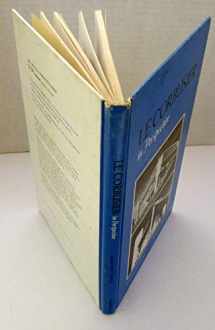
Le Corbusier, the Noble Savage: Toward an Archaeology of Modernism
Book details
Summary
Description
"This book may very well prove to be a seminal study for more than the history of architecture, but in that area it is definitely new, fresh, and delightful." -- Tom Peters, author of Building the Nineteenth Century
This revelatory study of Le Corbusier's oeuvre is the most unexpected and vital Le Corbusier scholarship to appear in years. Adolf Max Vogt looks to the early, formative years of the architect's life as a key to understanding his mature practice and to solving such fundamental riddles as, "Where did his design vocabulary come from?" and "How was his aesthetic sense formed?" Like an archaeologist of the avant-garde, Vogt uncovers those aspects of the physical and educational environment that made an indelible impression on a receptive kindergarten boy in a remote Swiss village--and had a profound impact on the future architect's imagination and development.
Vogt's investigation of LC's early life and education not only reveals important, previously unacknowledged influences on specific projects such as the Villa Roche and the Villa Savoye, but also offers explanations as to why LC throughout his career preferred to lift buildings above the ground, to give them the appearance of "floating." This tendency had decisive consequences for buildings associated with the modern movement (whose identity as a monolithic stylistic norm Vogt questions) and continues to influence architecture today. By uncovering crucial dimensions of LCs early life and resurrecting primary documents and source materials overlooked by other scholars, this book changes the face of LC studies.


We would LOVE it if you could help us and other readers by reviewing the book
Book review



